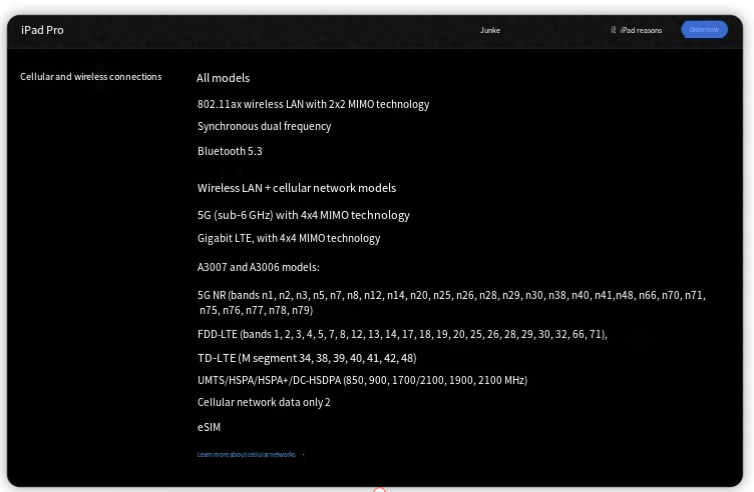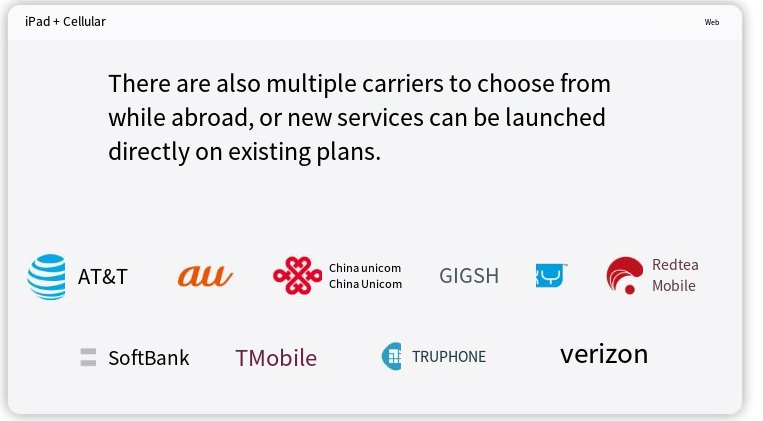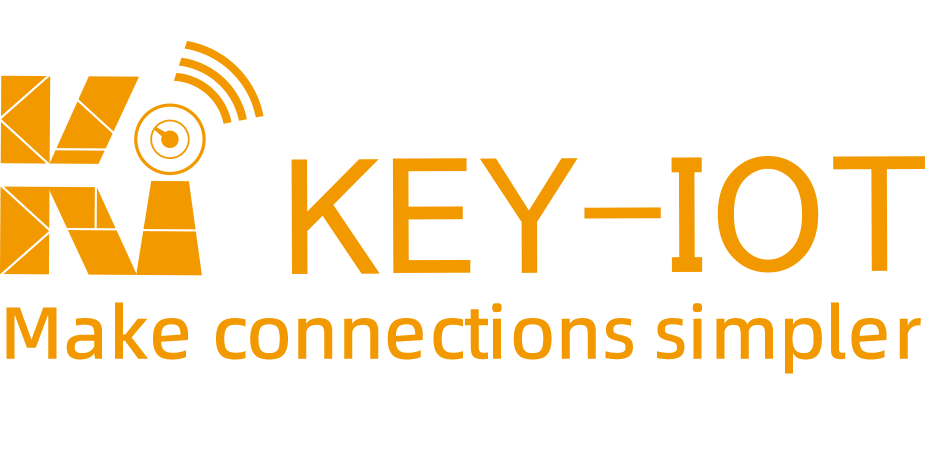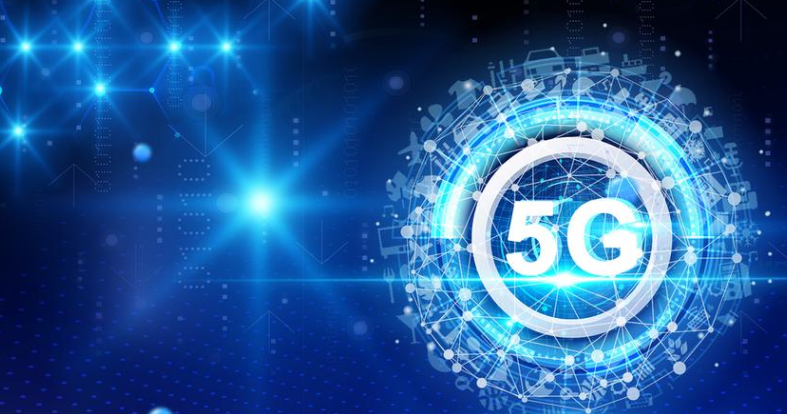This week, Apple released new iPad Pro and iPad Air models. In addition to the more powerful M4 chip and breakthroughs in body thickness, the new iPads have also quietly ushered in a change. According to the product technical specifications provided on Apple’s official website, the cellular versions of the new iPad Pro and Air finally support eSIM.

This means that the new iPad Pro and Air will no longer have a physical SIM card slot.
As time goes by, traditional physical SIM cards are gradually moving towards virtualization.
eSIM, short for Embedded-SIM, is a type of SIM card that is directly embedded inside the phone and does not require separate installation.
Previously, Apple had already removed the physical card slot for the first time in the US version of the iPhone 14 series and plans to fully promote eSIM technology.
However, for domestic users in China, due to certain reasons, eSIM technology has not been widely promoted and popularized. Currently, only the cellular versions of the Apple Watch and iPad sold in China support this feature.
Compared to traditional physical SIM card slots, the biggest advantage of eSIM is that it breaks free from physical limitations and allows users to freely choose and switch network carriers.
At present, China Unicom is the only supported eSIM carrier for iPads in China. Those who want to get their hands on the eSIM cellular version of the iPad Pro or Air should take note.

Looking back at the development history of SIM cards, Apple has always been the main driving force behind these changes.
Since the commercial SIM card was born in 1991, SIM cards have gone through four stages: Standard-SIM, Mini-SIM, Micro-SIM, and Nano-SIM. Each stage has been inseparable from Apple’s support behind the scenes.
On the software side, Apple has also brought a more convenient eSIM transfer feature to some countries and regions that support eSIM devices in iOS 16.
This feature allows users to directly transfer eSIM data via Bluetooth when setting up a cellular network for a new device, making it more convenient to switch devices.
At the same time, for Apple, creating a completely interface-free, integrated iPhone has always been one of its ultimate goals.
This includes removing the 3.5mm headphone jack, removing the SIM card slot on some iPhones, the widely rumored removal of the charging port, and the adoption of solid-state buttons, all of which will promote the iPhone to complete its integration faster.
Of course, to thoroughly complete this change in China, the joint promotion of multiple parties is essential.
In September 2022, the Ministry of Industry and Information Technology has already begun to organize and promote the application of eSIM technology on devices such as smartphones, and plans to expand the application scope of eSIM when conditions are ripe.

Last October, Apple released the eSIM cellular version of the iPad 10 in China for the first time.
Now, with the newly released eSIM versions of the iPad Pro and Air, Apple’s promotion plans in this regard are also gradually progressing.
Although there is still a long way to go to completely remove the SIM card slot like the US version of the iPhone, it is believed that we will soon see the gradual popularization of eSIM in China.
 KEY-IOT
KEY-IOT





